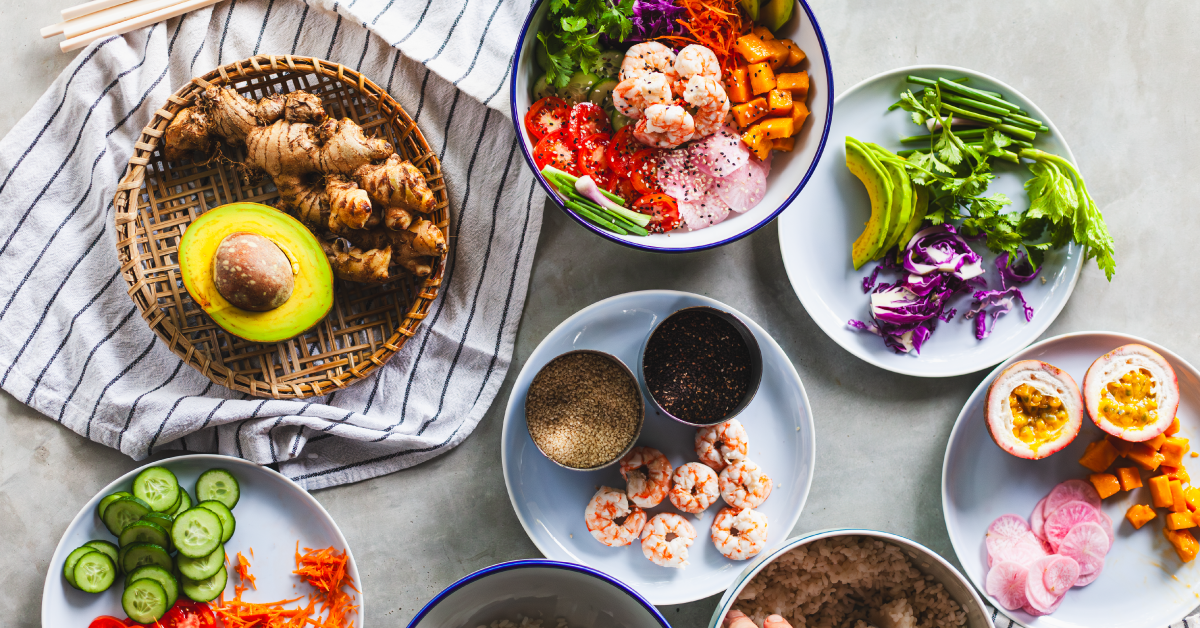For many retirees, cooking at home offers health benefits, cost savings, and the comfort of familiar flavors. But even with more free time, the daily question of “What’s for dinner?” can start to feel overwhelming. Without a plan, meals can become repetitive, rushed, or reliant on convenience foods that don’t always support your well-being.
The good news is that weekly meal planning doesn’t have to be complicated or time-consuming. With a few easy strategies, you can simplify the process, reduce decision fatigue, and enjoy meals that are both satisfying and manageable. It’s not about perfection—it’s about creating a rhythm that works for you.
Keep It Simple and Realistic
The first rule of stress-free meal planning is to keep expectations realistic. You don’t need a gourmet menu or a Pinterest-worthy fridge to plan ahead—you just need a few reliable meals you enjoy and a system for rotating them. Instead of reinventing the wheel each week, focus on building a flexible framework.
Start by creating a small list of go-to meals you feel comfortable making. These can be as simple as baked chicken and vegetables, a hearty soup, or a one-pot pasta. Then consider the rhythm of your week. Are there nights you prefer not to cook? Do you often have leftovers? Use those patterns to your advantage and map out a basic weekly outline that leaves room for variety and spontaneity.
Use Themes or Categories to Simplify Decisions
One of the easiest ways to remove the stress of meal planning is to assign general themes to each day of the week. This narrows your choices and gives your meals a predictable rhythm while still allowing for flexibility in ingredients and recipes.
Popular planning categories include:
- Meatless Monday – vegetable soups, stir-fries, or pasta
- Taco Tuesday – tacos, burrito bowls, or fajitas
- One-Pot Wednesday – casseroles, slow-cooker dishes, or stews
- Leftover Thursday – repurpose earlier meals or serve simple sides
- Fish Friday – salmon, shrimp, or a seafood salad
- Slow Saturday – comfort food, baking, or trying new recipes
- Simple Sunday – sandwiches, salads, or easy favorites
Using themes helps take the pressure off deciding what to make and makes grocery shopping easier by focusing your list around predictable staples.
Plan for Health Without Overcomplicating It
Meal planning is a great opportunity to support your health goals—especially in retirement, when nutrition plays an essential role in managing energy, mobility, and long-term wellness. But healthy meals don’t have to be complicated or require special ingredients.
According to the National Council on Aging, older adults benefit from meals that emphasize lean protein, whole grains, fruits, and vegetables while limiting sodium and added sugars (NCOA, 2023, Nutrition Tips for Older Adults, https://www.ncoa.org/article/nutrition-tips-for-older-adults). Keeping these principles in mind can guide your meal selections without needing to follow a strict diet.
Look for simple ways to boost nutrition throughout the week, such as:
- Swapping white rice for quinoa or brown rice
- Roasting extra vegetables to add to multiple meals
- Using herbs and spices instead of salt
- Incorporating beans or lentils into soups and stews
- Choosing baked or grilled options instead of fried
The goal is to create meals that feel good to eat and good for you—without making food prep a source of stress.

Use Tools and Shortcuts That Work for You
Meal planning doesn’t mean everything has to be made from scratch. Embracing smart shortcuts and using available tools can make the process faster and easier while still delivering quality results.
Helpful time-savers include:
- Rotisserie chicken – ready to use in sandwiches, salads, or casseroles
- Pre-chopped vegetables – cut down on prep time and increase your veggie intake
- Frozen fruits and vegetables – nutritious, affordable, and always on hand
- Batch cooking – prepare a large dish once and portion it out over several days
- Meal planning apps or printable templates – keep your week organized in one place
Don’t feel guilty about using convenience items—especially when they help you cook more often at home and reduce the temptation to skip meals or rely on takeout.
Make It a Routine, Not a Chore
The more often you meal plan, the easier it becomes. With a few weeks of practice, you’ll start to see which meals rotate well, how much food you actually use, and what schedule fits your lifestyle best. The goal is to make meal planning feel like a natural part of your week—not a dreaded task.
Many people find that setting aside 20–30 minutes on the same day each week, such as Sunday morning or Monday afternoon, helps build consistency. During this time, review your calendar, check what’s already in your pantry, and write out your meal plan and shopping list. You can even pencil in reminders for thawing meat, prepping ingredients, or eating leftovers.
Once meal planning becomes part of your routine, it can actually become something to look forward to—a chance to be intentional, creative, and well-prepared for the week ahead.
Enjoy More Time Around the Table
Planning your weekly meals doesn’t mean locking yourself into a rigid schedule—it’s about taking control of your time and your health in a way that feels calm and achievable. With a bit of structure and a few go-to tools, you can reduce stress, waste less food, and enjoy more relaxing, nourishing moments at the table.
Whether you live alone, with a partner, or have family over regularly, meal planning allows you to bring more ease and enjoyment into your daily life. It helps you spend less time worrying about what’s next—and more time savoring the present.











